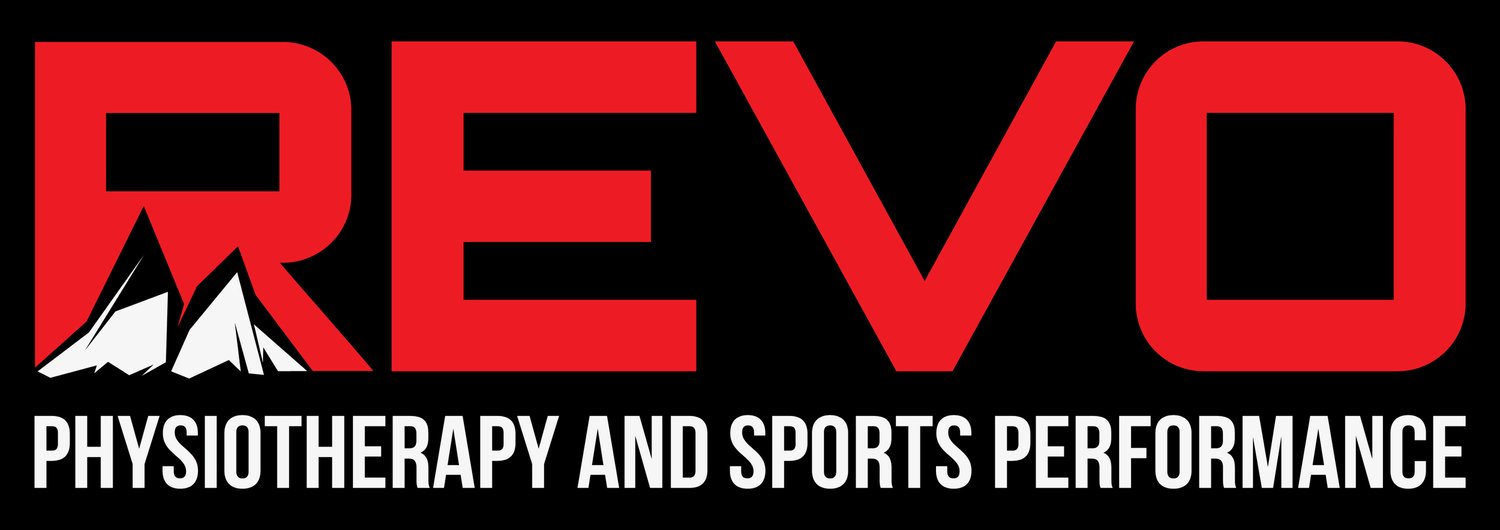The Runner’s Moneymaker
If you had asked me 10 years ago, as a relatively new PT student, what was the single most important exercise for runners to do, I probably would’ve said something like squats or bridges or some such thing. Also, being a relatively new PT student, I probably could’ve come up with some roundabout BS answer as to why. What the hell did I know? These days, I have some different thoughts, and more data than BS to back it up. Don’t get me wrong - I still have a sultry love affair with squats because, when performed correctly, it is one of the best full body exercises anyone can do for most anything. I still incorporate variations on squats and bridges into nearly every program for every runner. Still, if a runner has 3 free minutes to squeeze in an exercise during their work day, those aren’t what I’m asking them to do.
Let’s get nerdy for a minute and consider strike patterns, running speeds, and step rates (or cadence), because these three factors are highly variable, but also highly responsible for how much work is required of each major muscle group in regards to shock absorption and corresponding force production.
Foot Strike
Most of you probably know there are three primary foot strike patterns in running gait:
https://runnersconnect.net/footstrike-pattern-for-runners/
Each of these patterns dictates when certain muscle groups “turn on” and how heavily they’re used during your gait cycle. Generally speaking, heel striking places more overall load through the knees and quadriceps, while forefoot striking places more overall load through the foot & calf musculature. Midfoot strike likely falls in the middle of this biomechanical spectrum.
Sidebar disclaimer: One pattern isn’t better than the other and you should stop worrying about trying to change yours.
Dear PTs, Chiros, Coaches, DOs, and anyone else working with runners: Strike pattern should be modified only in very specific cases. There are 1000 other, more influential factors, to change running economy and injury risk, so stop, please.
Step Rate
Much ado has been made about step rate and cadence in the literature and general population the last few years. For awhile, everyone thought they needed to be running at exactly 180 steps per minute (spm). While 180 is a nice round number, it simply was the most common rate observed in elite runners at the 1984 Olympics. Folks took it and ran. Pun absolutely intended.
Depending on your preferred step rate, the demands on muscle groups of your lower extremities will change. Very generally, lower step rates tend to place higher load demands across the knees, while slightly higher step rates above your preferred rate will reduce the load across your knees. There’s also research to suggest that increasing your step rate 5-10% above your preferred rate can reduce loads across your Achilles, tensor fascia latae (muscle that connects to your IT band), and gluteus medius. So if we’re discussing reduced loads with step rate, how does that help us decide which exercise is the golden goose for runners? Well, consider that step rate can be speed dependent.
Running Speed
Thanks to folks who are much smarter than I, we have values to determine the difference between jogging, running, and sprinting. These delineations are important because the biomechanics and metabolic/energy requirements change quite a bit between each.
Jogging = 4.5 - 7.7 mph
Slow running = 7.8 - 11 mph
Medium running = 11.1 - 17.8 mph
Sprinting = 17.9 mph or greater
Now, I’m not calling you a slow runner, so toss your negative self-talk in the trash. This data is only to define the biomechanical differences and energy expenditure between each category.
Consider again that step rate can be speed dependent. It’s difficult to imagine going for a jog at 5.0 mph while running at a step rate of 170 spm. First, it would look like something that belongs in Monty Python’s Ministry of Silly Walks. Second, that cadence at that speed would cause you to fatigue so quickly, you wouldn’t get very far. The speed and step rate don’t match for what most anyone would consider optimal movement. Put a 170 spm step rate into an 8.0 mph pace, though, and a 140 spm rate to a 5.0 mph pace, and this makes a lot more sense to us.
For runners at “slow” and “medium” running speeds, most of our energy requirement comes from our lower leg. The faster we run, the more that energy requirement shifts up our leg to our hamstrings, then glutes to “turn over” more quickly and powerfully to increase our stride frequency. So step rate does apply here, but primarily so far as it relates to your speed.
If our greatest energy source at the most common speeds comes from our lower leg, then it stands to reason this is where strength and resiliency to load becomes most important across the spectrum of runners. The Achilles tendon is a massive source of stored energy during running gait. The ability to apply load and respond to that impact through the Achilles makes us more efficient runners. Along with the Achilles, the two primary muscles of the calf, gastrocnemius and soleus, can be responsible for up to 7 times our body weight during running gait.
If load tolerance were the only issue, however, this would be easy! Powerful plantarflexion (calf raise motion) is vital for foot posture control, reducing excessive loads at the knee and hip, it serves as a synergistic pattern to promote hip extension, and promotes a longer stride length, which is crucial for increasing speed. There’s a LOT happening here, biomechanically!
Ladies and Gents, your moneymaker is the calf raise. While there are many versions that can be helpful, what I’m working on in this video is a raise from mid-to-end range while emphasizing pressure into the base of my 1st metatarsal (joint just before the big toe). The reason for this range limitation is to practice propulsion without excessive pronation. Pronation is good, it’s necessary. It gets demonized in running stores and at shoe companies. Too much uncontrolled pronation, however, can become an issue, and most runners reach their max pronation in mid-to-end ranges of plantarflexion, thus the reason for my practice in the video. Any runner would benefit from calf raises through a full range of motion. Again, there are MANY versions of calf raises and each of them can be useful when done correctly.
Getting your strength work in is difficult, especially when miles take precedent, then life does life things and takes up more time than you thought it might. Some days it’s really hard to get a decent strength workout in, but if you have the energy to do NOTHING else, DO YOUR CALF RAISES!
Disclaimer: This is NOT an excuse to skip strength work entirely. It’s like getting your kid to eat veggies: missing once isn’t a big deal, but they need the habit to be healthy.
If you’re under 50 years old, you should be able to rip out 25 reps (or more!) of a single leg calf raise. If you can’t, you know you’ve got work to do!


